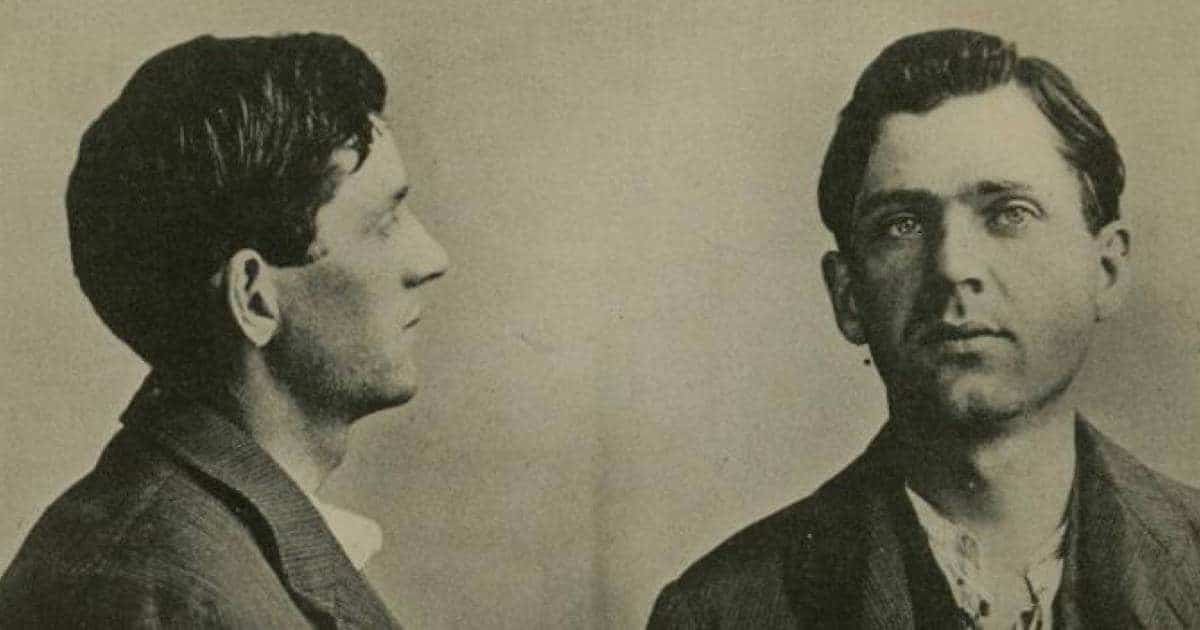On September 14, 1901, the United States of America was rocked by the news that President William McKinley had died eight days after being shot twice in the abdomen. He was only the third president to be assassinated in office, and only John F. Kennedy has suffered this fate since. That said, there have apparently been assassination plots against every president since Nixon.
McKinley was an extremely popular president and his love of meeting the general public led to his death. An anarchist named Leon Czolgosz shot McKinley on September 6, 1901, while the president was shaking hands with a crowd at the Temple of Music in Buffalo, New York. One of the two gunshot wounds caused gangrene which resulted in the president’s agonizing death eight days later.
Czolgosz had lost his job during the Great Panic of 1893 and became an anarchist in response. He viewed the American President as a symbol of oppression and believed it was his ‘duty’ to murder him. After failing to get close enough on other occasions, Czolgosz finally got his chance when McKinley reached out to shake the anarchist’s hand. Czolgosz fired twice; the first bullet grazed the president but the second one became lodged in his abdomen. The assassination marked a sea change in security from that point onward; the Secret Service was given the task of protecting the president.

Who Was Leon Czolgosz?
Czolgosz was one of eight children in a Polish-American family and was born on May 5, 1873, in Alpena, Michigan. The family moved to Detroit in 1878 but moved to Posen. It was here when tragedy struck; Czolgosz’s mother died a few weeks after giving birth to a girl called Victoria; Leon was only ten years old. He worked in various jobs in his teens including in a glass factory in Pennsylvania and the Cleveland Rolling Mill Company. The economic crash of 1893 resulted in mass layoffs and Leon, and his brothers lost their jobs.
The growing level of economic and social turmoil caused Czolgosz to take drastic action. First, he joined a relatively moderate socialist club called the Golden Eagle Society before moving further left by joining the Sila Club. It was at this point that he became interested in anarchism.

He moved to his father’s farm in Ohio in 1898 but didn’t help out much. It is said that Czolgosz was a loner with little interest in forming relationships with people. He had also been bullied in school as a child. The sullen Czolgosz was descending further into the abyss and was a recluse by the beginning of the 20th century.
Czolgosz was so blunt and awkward when approaching socialists that they thought he was a spy. An anarchist named Emil Schilling even went as far as writing a warning about Czolgosz’s behavior in the radical Free Society newspaper on September 1, 1901. Czolgosz believed that the government was responsible for allowing the wealthy to exploit the poor. When he learned about the assassination of King Umberto I of Italy on July 29, 1900, he knew what he had to do. When McKinley entered his sights the following year, this lone gunman changed history.

